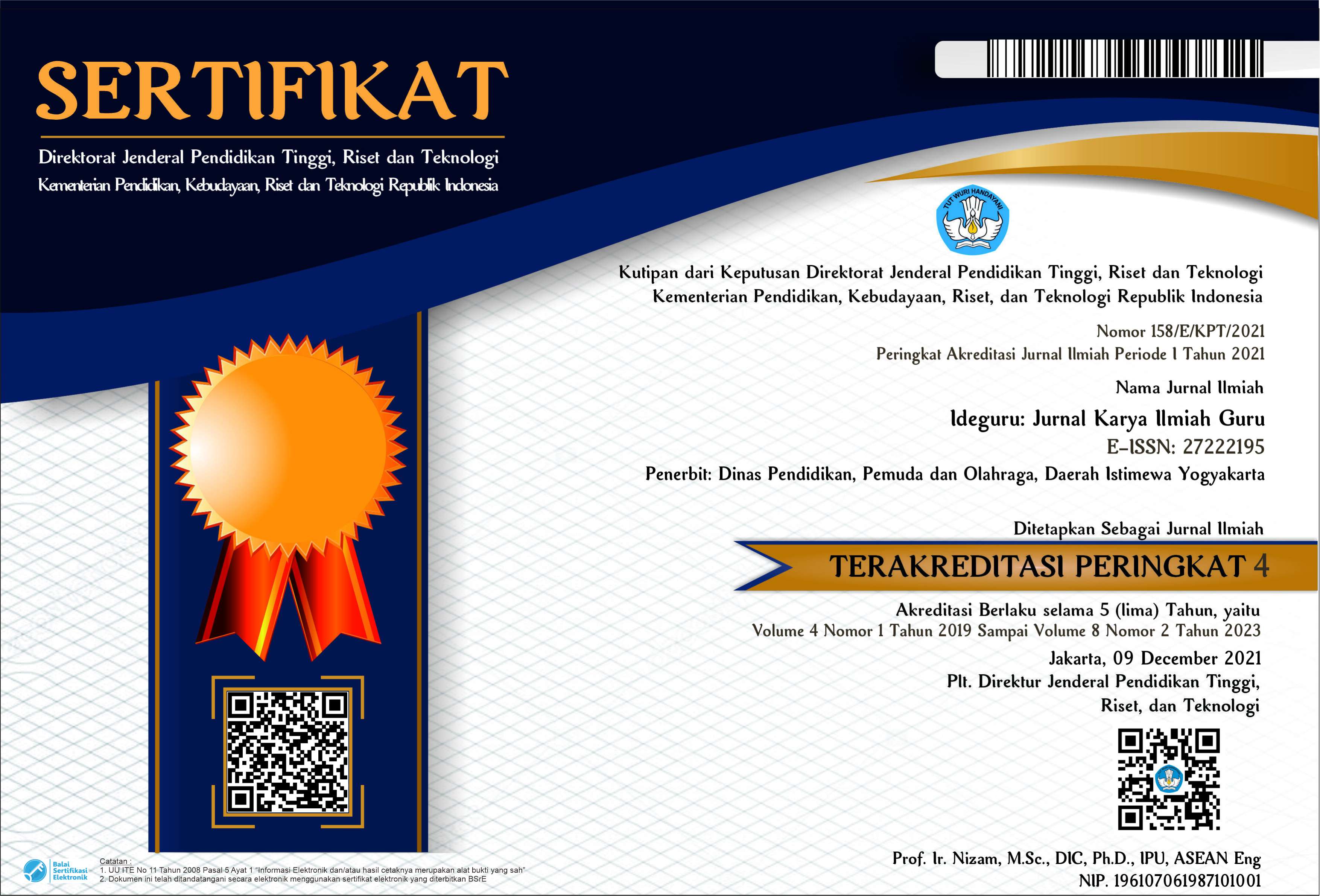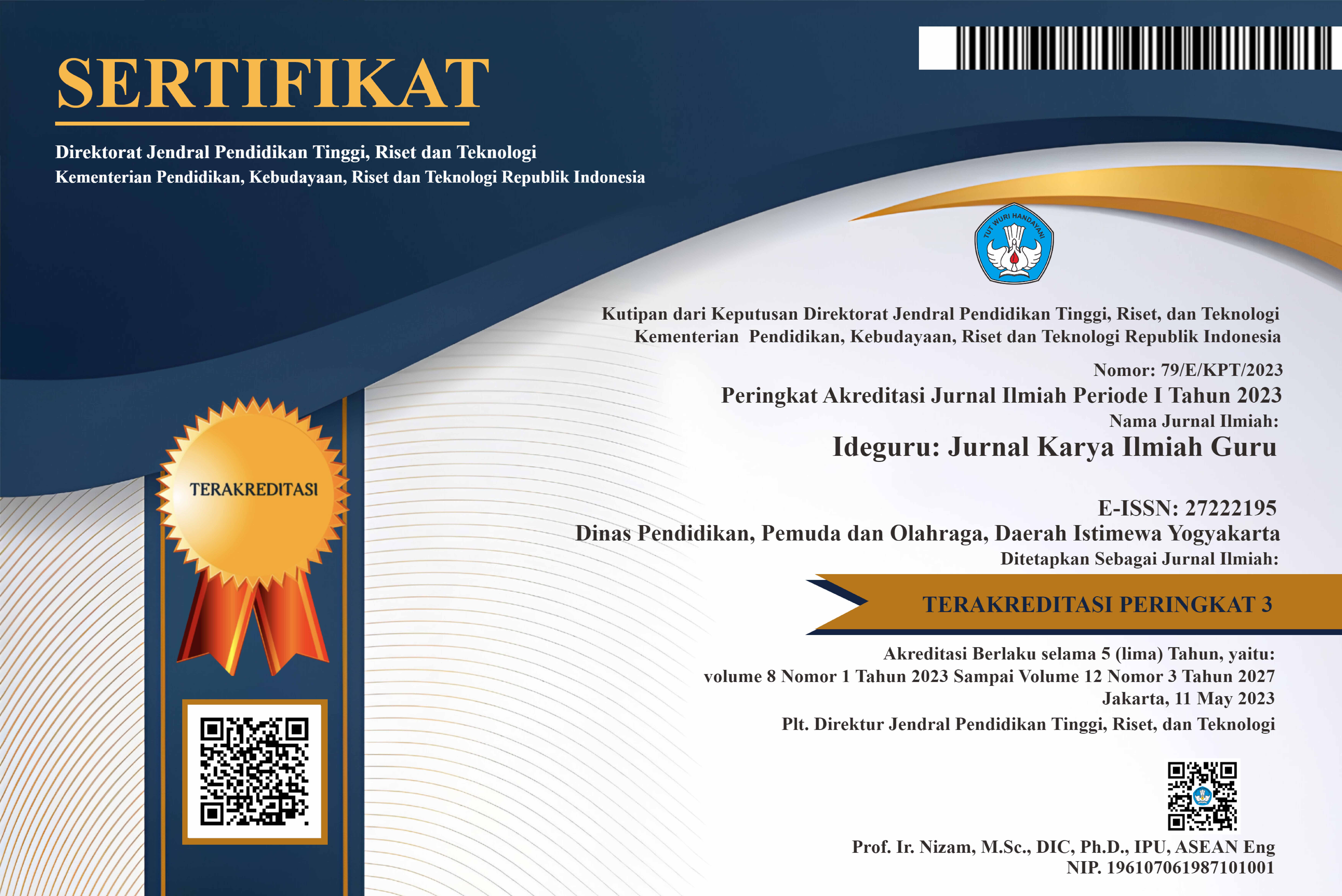Analisis Faktor yang Berkontribusi terhadap Kecemasan Sosial pada Siswa: A Systematic Literature Review
Abstract
High school students cannot escape their problems, including problems that affect emotional health. Teenagers often face problems or situations including social anxiety, an element that makes teenagers withdraw from social communication for fear of being seen by others. This research aims to find out what factors contribute to students' social anxiety in the 2018-2024 period. This research method is a systematic literature review (SLR) using the PRISMA model. The PRISMA method has 5 stages in conducting a systematic literature review. Research was conducted on the latest scientific articles from 2018-2024. From the data collection process, 200 relevant articles were obtained related to research questions from Google Scholar, Science Direct, and Elsiver. After going through a screening process based on criteria and quality, 16 articles were obtained that met the requirements to answer the research questions. Based on the results of a systematic literature review, it was found that the factors that contribute to social anxiety consist of personal factors and social factors. These factors can contribute positively or negatively to social anxiety.
PDF Downloads
Copyright (c) 2024 Muhammad Ali Najich, Diniy Hidayatur Rahman, Adi Atmoko

This work is licensed under a Creative Commons Attribution 4.0 International License.

 DOI:
DOI:














